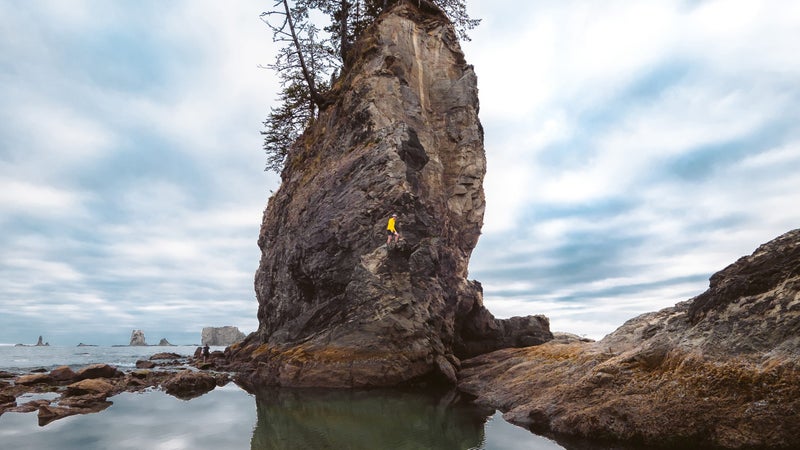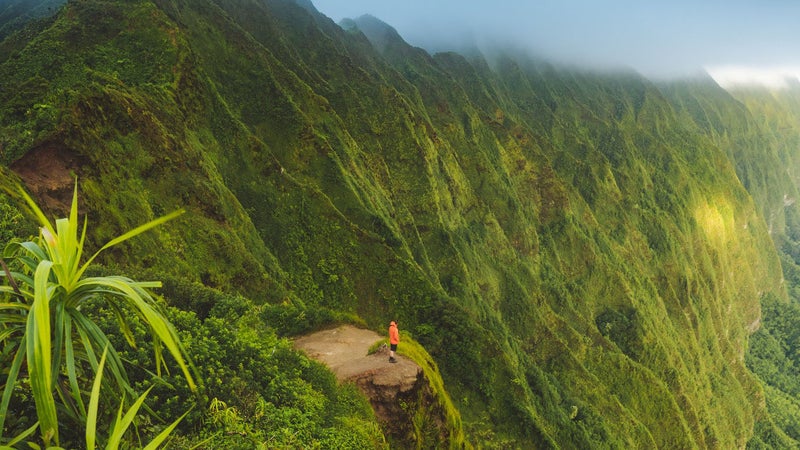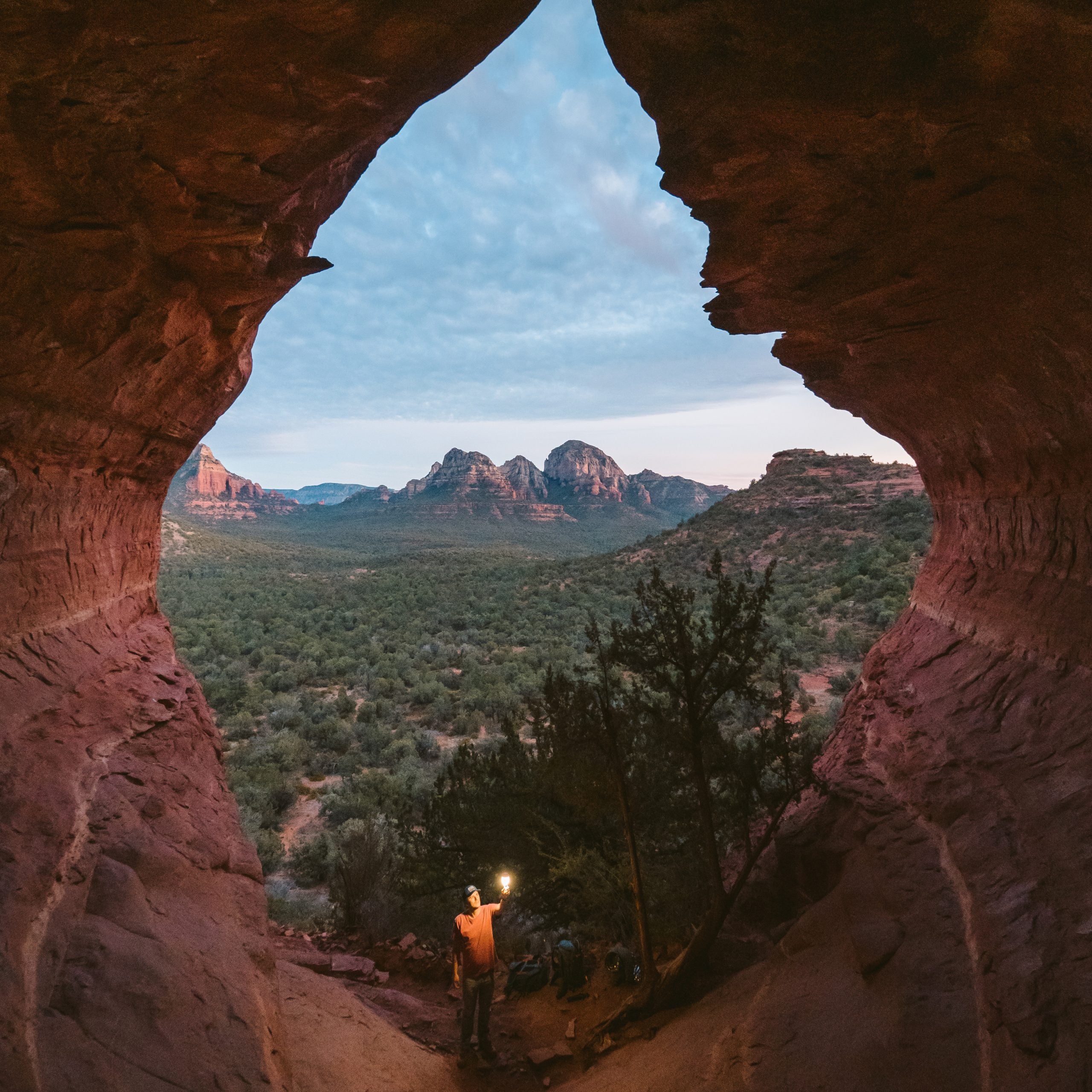One of the coolest things about adventure photography is that there are so many subsets of the craft, each with its own set of techniques, gear, and experiences. But there are certain foundational skills shared by all adventure photographers. To help you master those fundamentals, we caught up with five Olympus photographers for their best tips. Looking for even more expert advice? Check out the Modern ���ϳԹ��� Photography Handbook, an interactive hub with info on the gear and skills you need to take your shots to the next level.
Think About the Entire Frame
Refining the composition of your image can take an ordinary picture to the next level. The “rule of thirds” is one foundation of good composition: divide the frame into nine equal squares and put points of interest along those intersecting lines. “Putting all of the interest in the center is boring,” says Lee Hoy, Olympus Educator. “By paying attention to points of interest in your frame, you can guide the viewer’s eye through the picture.”

Mimic the Photographers You Admire
The saying goes that imitation is the highest form of flattery. In the case of photography, it’s also one of the best ways to build your skills. Find a photograph you love and try to recreate it, paying attention to the composition and lighting. “When you’re just starting out, it’s OK to copy someone else’s style. You’ll eventually develop a style of your own,” says Peter Baumgarten, Olympus Visionary.
Become a Student of Light
The moments surrounding sunrise and sunset typically provide ideal light. Be ready to make the most of it. “Nothing is more frustrating than getting to a spot after the good light is gone,” Baumgarten says. Translation: show up early. Also, don’t underestimate other daytime opportunities, especially if there’s cloud cover. “You get a lot of moments with interesting light throughout the day,” says Chris Poplawski, Olympus Explorer. “Constantly seek the best light, including going out in bad weather, because what if you miss something?”
Work the Scene
Think about your photo in three dimensions and try to get the shot from a variety of different perspectives. Each scene has infinite possibilities. “Don’t be satisfied with one shot or one view,” Baumgarten says. “Walk to the other side of the ravine. Point your camera away from the light. Start far away and move in close. Use a wide lens, then switch to telephoto. The light is never the same even if you do go back to the same place. Maybe the big scene doesn’t look great, so you start working the details.”

Plan Ahead
A great photo starts at home with research. Look into weather reports, including sunrise and sunset times; scout the area you’re going to shoot online, learning about the terrain; and look for existing photographs of the location. “Good shots don’t just happen spur of the moment,” Baumgarten says. “The output equals the amount of work that goes into it. If I’m going anywhere, I plan my shots before I leave the house, even if I’m just going 15 minutes down the road.”

